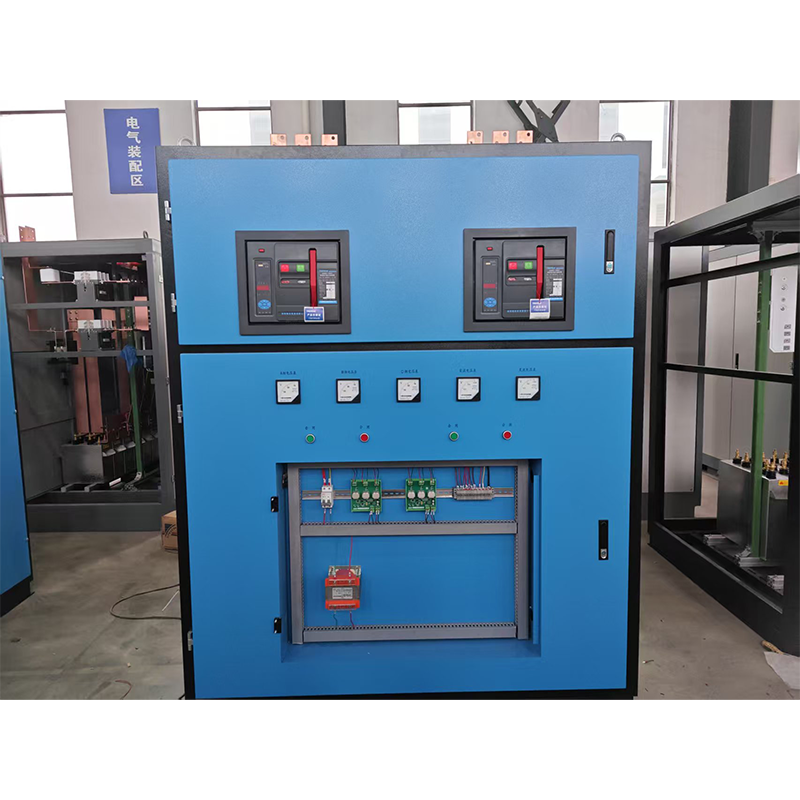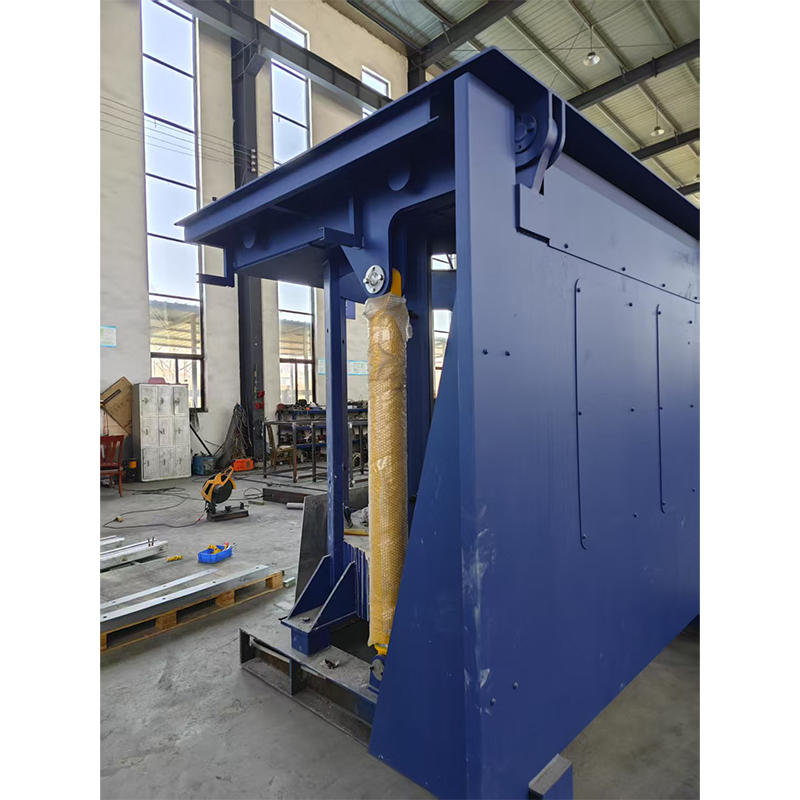50 Kg Induction Melting Furnace Price
50 Kg Induction Melting Furnace – Reliable & High-Efficiency Metal Melting Solution
The 50 Kg Medium Frequency Induction Melting Furnace is designed for fast, efficient, and uniform melting of ferrous and non-ferrous metals, including steel, copper, brass, and aluminum. With its compact structure and advanced medium frequency technology, this furnace delivers superior thermal efficiency and precise temperature control, making it ideal for small to medium-scale metal casting operations.
Key Features:
-
Melting Capacity: 50 Kg, suitable for various metal types
-
High Efficiency: Rapid melting speed and energy-saving performance
-
Advanced Control System: Digital display, precise temperature monitoring
-
Safety-Oriented Design: Multiple protection features for safe operation
-
Durable Build: High-quality materials ensure long service life
Why Trust This Furnace?
Manufactured by a trusted industry leader with over 20 years of experience, our induction melting furnaces are widely used in foundries, jewelry making, and industrial casting applications worldwide. Each unit undergoes strict quality testing and supports customized configurations to meet diverse production needs. Backed by professional technical support and responsive service, this 50 Kg induction melting furnace offers outstanding value and reliability.









